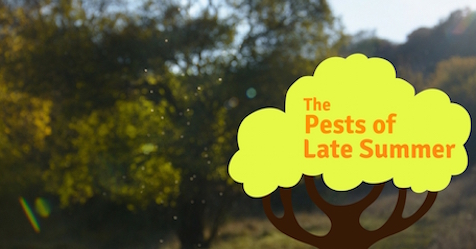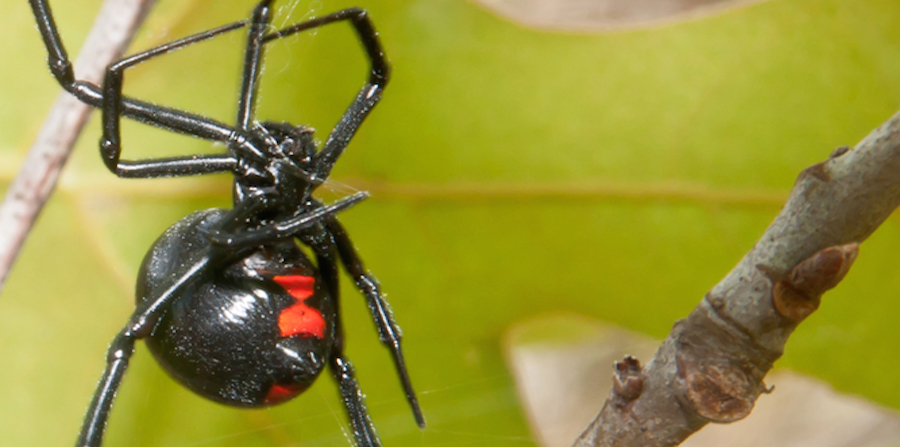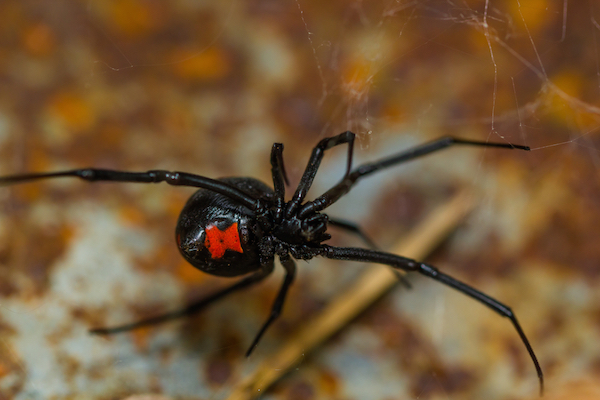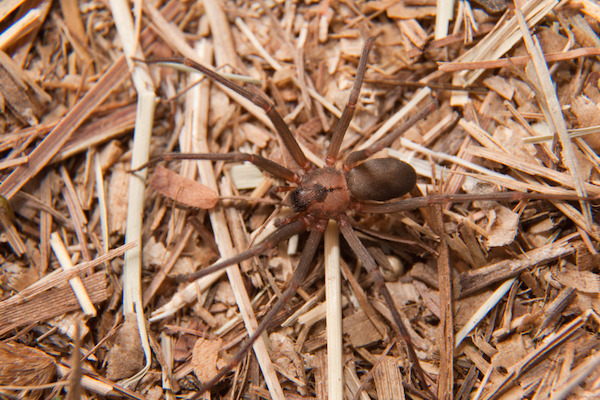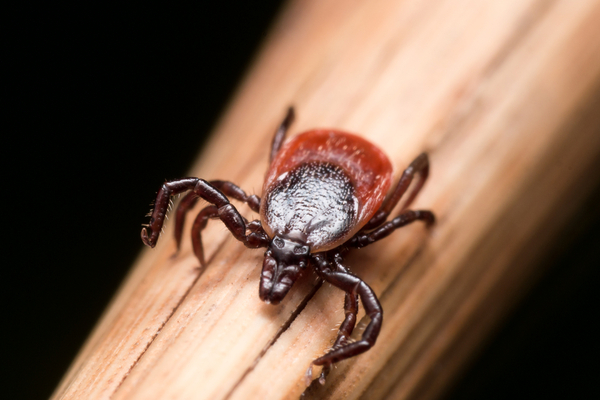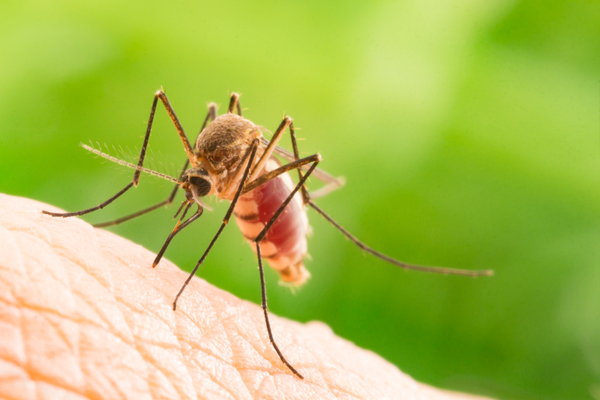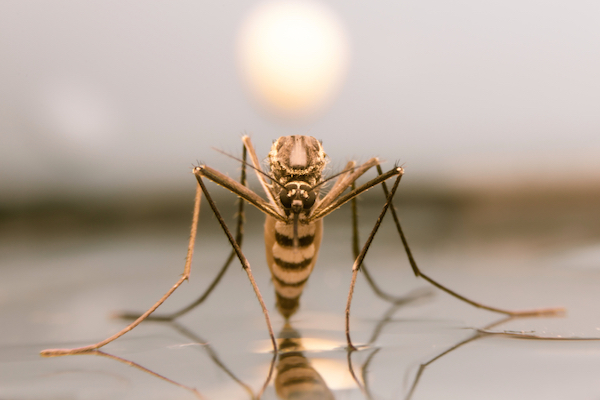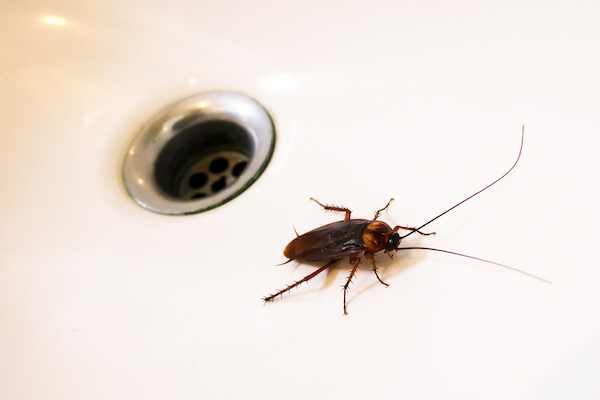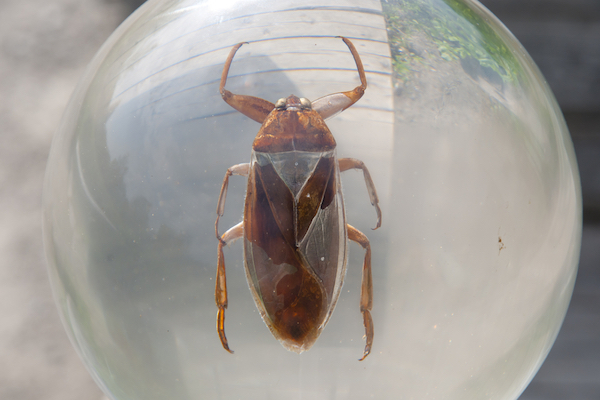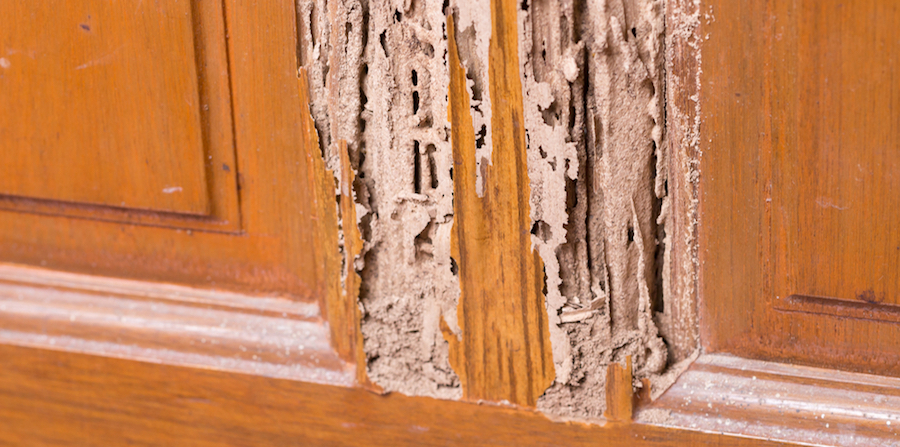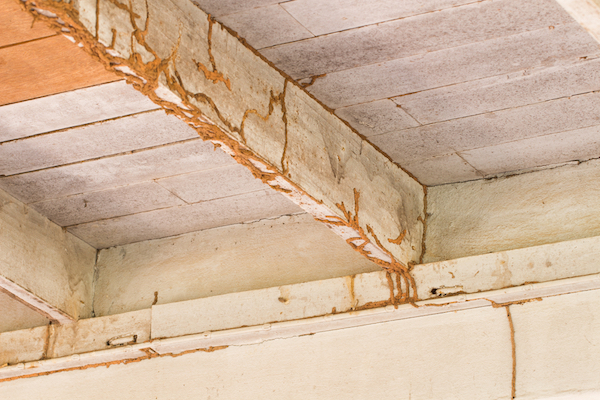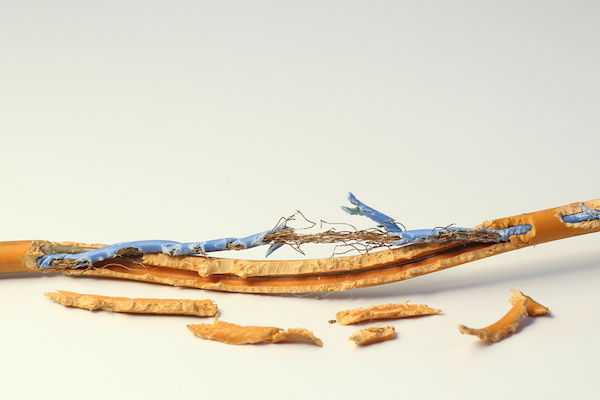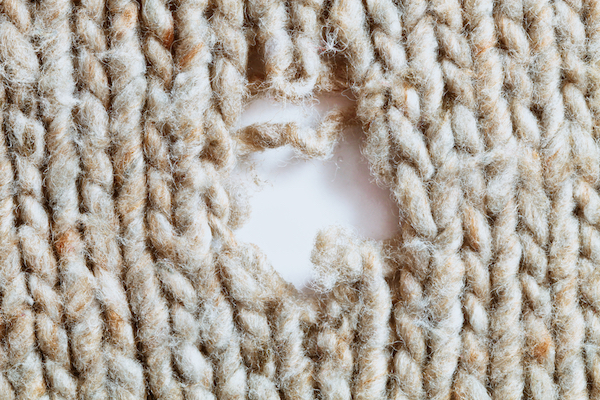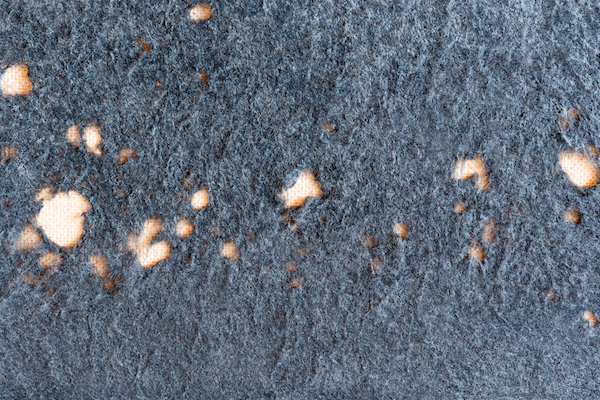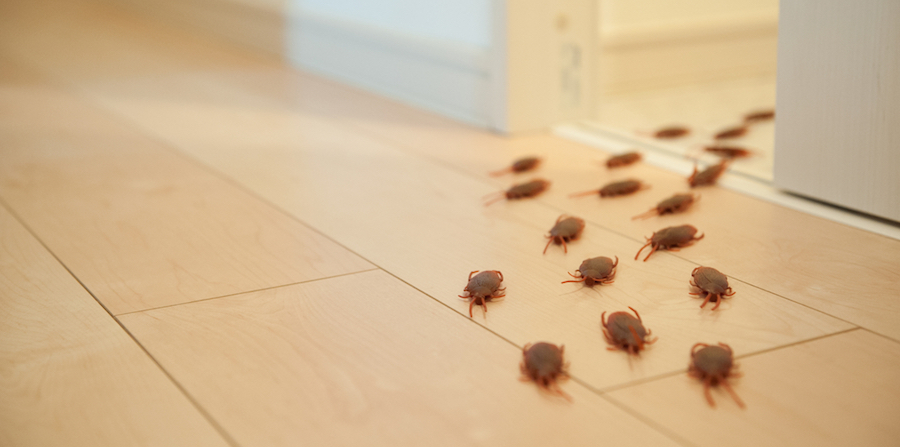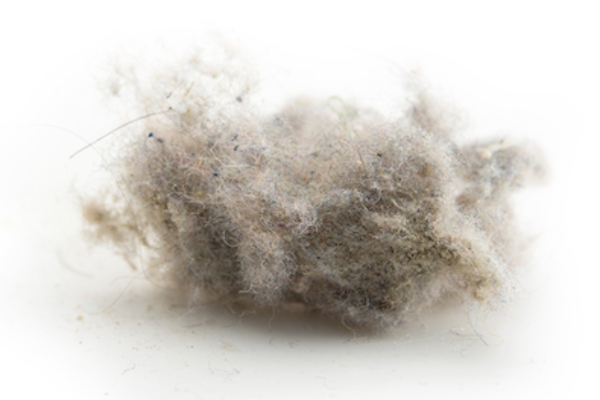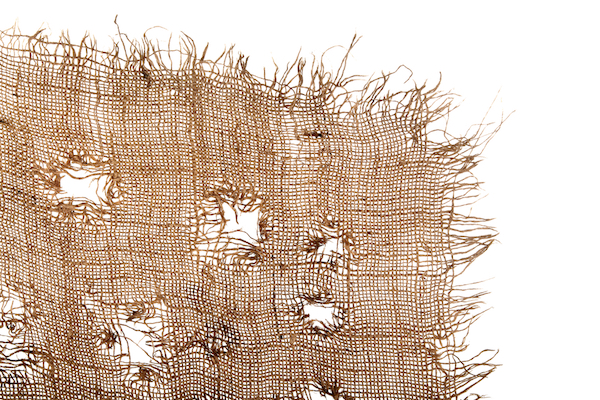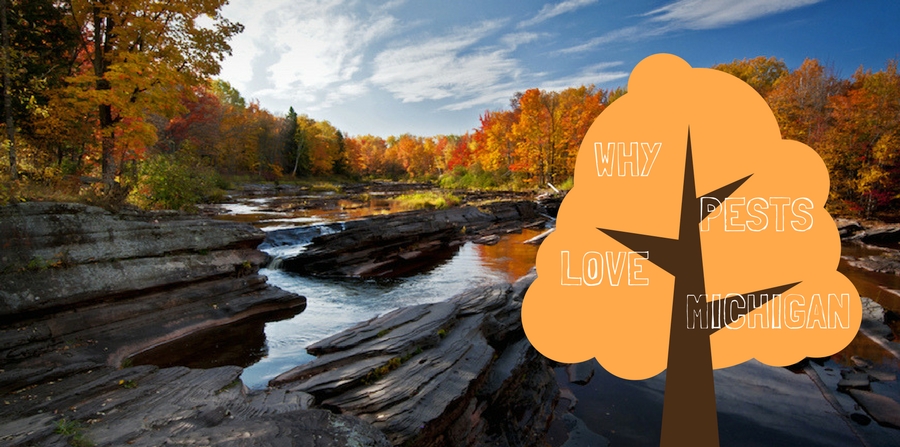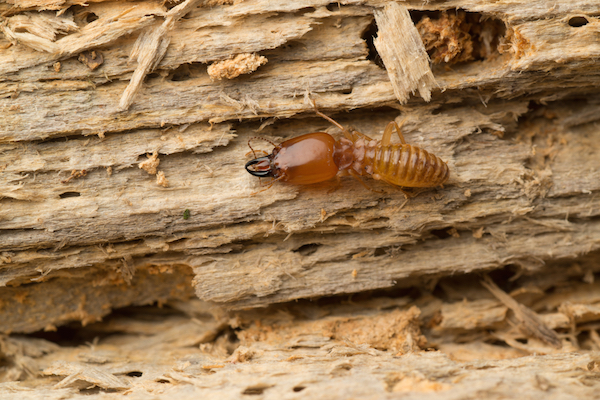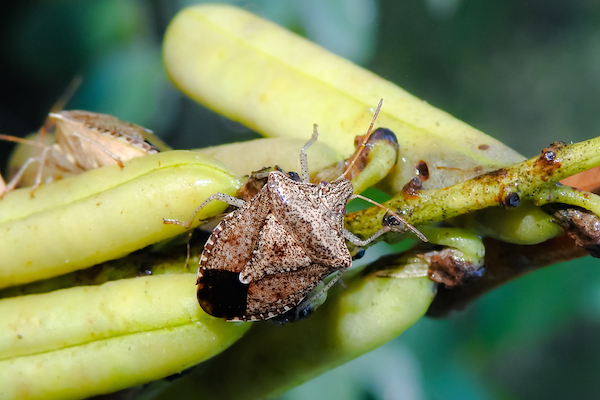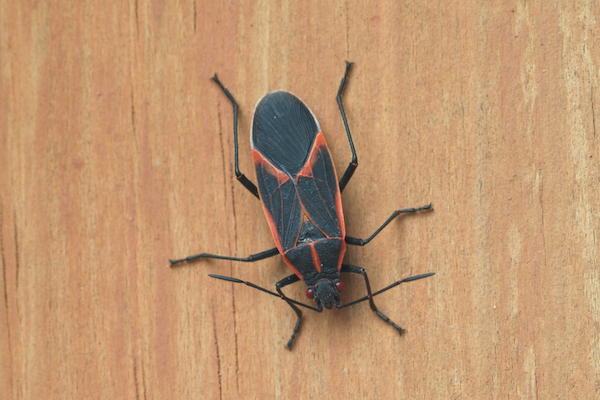When you think about late summer bugs, chances are you picture them outside. When it’s hot and humid out, like it tends to be during Midwest summers, pests like rodents, centipedes, and spiders don’t have much reason to get into your home.
As soon as summer starts to end, however, pests start looking for a place to wait out the winter– a place like your home! Late summer tends to be the worst time of year for pest infestations for that exact reason. Here are a few of the sneaky snowbirds you can expect in the next couple weeks, and what you can do about them.
Rodents
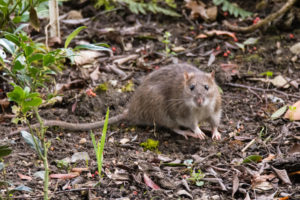
Michigan’s rodents start preparing for winter early. They get aggressive in the pursuit of food, they start stockpiling resources, they dig burrows for themselves, and–of course–they sneak into homes. The earlier a rodent can find a warm, dry, dark place to nest over the winter, the better. As soon as the sun starts setting earlier, expect rodents to be hard at work preparing for cold.
Rodents will infiltrate a home by any means necessary, and they have plenty of means. First, they’ll look for cracks, gaps, and holes like openings in window sills, door frames, floorboards, or utility lines. Next, they’ll try burrowing to get at the foundations or insulation in the basement. More than anything, rodents target places where they can get food. Regular vacuuming and cleaning up after meals becomes even more important in the fall. You don’t want to advertise that your home is open for rodent business!
Spiders
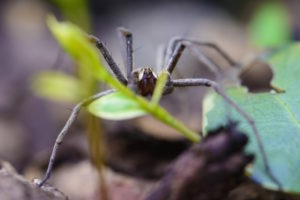
Spiders begin mating around early September every year, which is one of the few things that will prompt them to leave their webs and get moving. Spiderlings in egg sacs stay warm during the winter. Adult spiders need to survive long enough to lay eggs, which means they need to find shelter. Between the need for shelter, the need to find mates, and the fact that a lot of their prey is fleeing indoors, homes start to look really appealing to spiders this time of year.
Spiders get into homes the same way other pests tend to: by finding their way through the cracks. Spiders are excellent climbers, so don’t think any crack or gap is too high or inaccessible for them. The best way to prevent spiders is to prevent other pest infestations. If spiders can’t hunt prey, they won’t want to hang around. Clearing away clutter will also help keep spiders from taking up residence.
Cockroaches
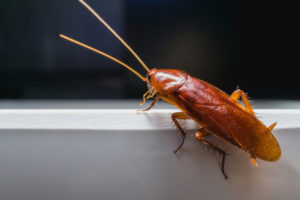
Cockroaches don’t hibernate, nor can they survive freezing temperatures for long. Both the common species of cockroach (American and German) highly prefer warm temperatures. American roaches seem to feel that 70 degrees is juuust right. Unfortunately, it gets worse. Like spiders, cockroaches tend to mate while sheltering indoors. They’re even known to settle in with their families after the egg sacs hatch. Any roaches that get into your home in late summer could be the first members of a multi-generational infestation.
Cockroaches want to live in confined, warm, dark, and humid places where they feel comfortable and safe. That means your basement, attic, and crawlspaces are prime real estate–especially if they’re messy or cluttered. It’s a good idea to organize and tidy up your basements and attics every late summer. Clear out anything you don’t need, organize boxes, and repair sources of undue moisture like humidity and plumbing leaks.
Stink Bugs
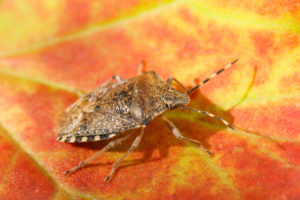
Just because they’re a relatively new nuisance to Michigan doesn’t mean the Brown Marmorated stink bug hasn’t acclimated to their new home just fine. Unlike many pests that inflict themselves on Michigan households during late summer, stink bugs actually hibernate during the winter. They’re not mating and laying eggs in your home; they’re just sleeping. Even hibernating stink bugs can’t survive the cold, however, so before they hibernate they have to seek out shelter. They’ll even let themselves out in the spring!
Stink bugs frequently get into houses by squeezing under worn-out weather stripping, damaged screens, or gaps in window and door frames. Like spiders, stink bugs are very good climbers, so they’ve been known to use chimneys and air vents as access points, as well. Replacing chimney and vent screens will go a long way toward securing your home, especially if you replace worn weather stripping and window frames at the same time.
You’ve still got a little warm summer weather left, so now’s the perfect time to get proactive! Some simple preventative maintenance now could save you a big headache come winter.
Want some help making sure you’re totally pest-proofed for fall? Give Griffin a call today! Together, we’ll make sure your home keeps you warm and leaves pests cold.

